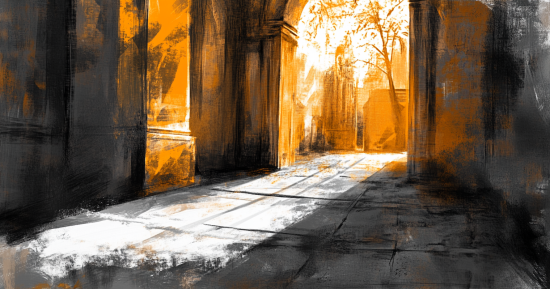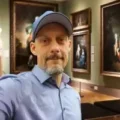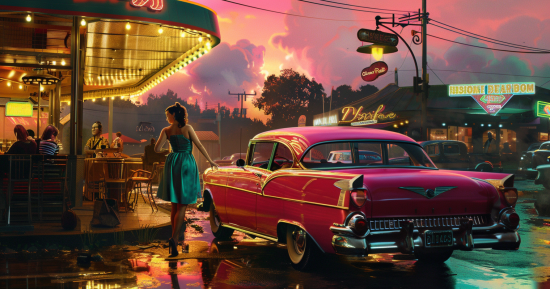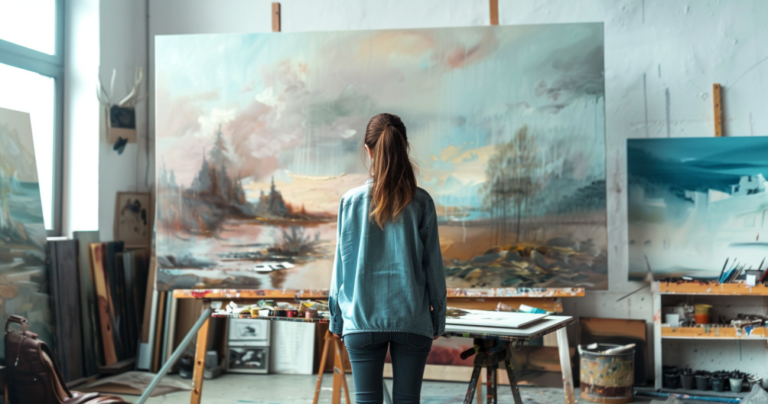When you look at an artwork, what catches your eye first? It’s often the elements that stand out or differ from their surroundings. This visual interest is created through contrast, a fundamental principle in art that adds depth, drama, and meaning to compositions.
Contrast in art refers to the use of opposing elements to create visual interest, emphasis, and balance within a work.
What Does Contrast Mean in Art
Artists employ various types of contrast, such as differences in color, value, texture, or shape, to guide the viewer’s eye and evoke emotions. Artists can skillfully manipulate these contrasting elements to create dynamic and engaging compositions that captivate audiences.
Understanding contrast can enhance your appreciation of art and help you create more compelling works if you’re an artist yourself. As you explore different artworks, try to identify how contrast is used to convey messages, set moods, or highlight specific areas.
Understanding Contrast in Art

Contrast is a fundamental principle in art that creates visual interest and impact. It refers to the striking differences between elements in an artwork. You can use contrast to draw attention to specific areas or create dynamic compositions. It helps guide the viewer’s eye and adds depth to your pieces.
There are several types of contrast you can employ:
• Value contrast: Light vs. dark tones
• Color contrast: Complementary or opposing hues
• Texture contrast: Smooth vs. rough surfaces
• Form contrast: Geometric vs. organic shapes
Chiaroscuro is a technique that utilizes strong value contrast to create dramatic lighting effects. You might recognize this in paintings with stark light and shadow. When you incorporate contrast, your art becomes more visually engaging. Applying it can evoke emotions and create a sense of balance or tension.
Remember, contrast doesn’t always mean extreme opposites. You can use subtle variations to create more nuanced effects in your work. Experimenting with different types of contrast will help you develop your artistic style.
Try combining multiple forms of contrast to create even more dynamic and interesting compositions.
Applying Contrast Effectively

To use contrast effectively in your art, start by identifying the main focal point. This is where you’ll want to create the strongest contrast.
Consider using value contrast to make your subject stand out against the background. Experiment with different types of contrast in your compositions. Try color contrast by placing complementary colors next to each other. Or explore texture contrast by combining smooth and rough surfaces in your piece.
Remember, contrast doesn’t always mean extreme opposites. Subtle variations can be just as impactful. Play with slight differences in hue, saturation, or brightness to create more nuanced contrasts.
Use contrast to guide the viewer’s eye through your artwork. Create a path of contrasting elements that leads to your focal point. This can help create a sense of movement and interest in your composition. Please don’t overdo it! Too much contrast can be overwhelming.
Aim for a balance between contrasting and harmonious elements in your piece. This will create a more pleasing and cohesive overall effect. Practice with different mediums to see how contrast works in each. Watercolors, acrylics, and digital art offer unique opportunities to explore contrast in your work.

Frequently Asked Questions – What Does Contrast Mean in Art
How can contrast be used to improve a drawing?
You can use contrast to improve your drawings in several ways. Try varying line thickness to create depth and emphasis. Experiment with light and shadow techniques like chiaroscuro to add dimension. Incorporate different textures to make certain areas stand out. Play with scale by juxtaposing large and small elements. These methods will add visual interest and guide the viewer’s eye through your composition.
What are some simple examples of contrast in artwork?
Simple contrast examples include black and white photography, where tonal differences create striking images. In paintings, complementary colors like blue and orange produce vibrant contrasts. Size contrast is evident in sculptures that combine large and miniature elements. Textural contrast appears in mixed media pieces using smooth and rough surfaces. Even abstract art often employs shape contrast through geometric and organic forms.
In what ways does contrast enhance art appreciation?
Contrast enhances your art appreciation by creating visual excitement and interest. It helps you identify focal points and understand the artist’s intended message. Comparing contrasting elements gives you a deeper appreciation for the artwork’s composition and technical skill. Contrast evokes emotional responses, as dramatic differences can be striking or unsettling, while subtle contrasts may feel harmonious or calming.
How does contrast in value affect the overall composition of an art piece?
Value contrast significantly impacts an artwork’s composition. High contrast in light and dark areas creates drama and directs your eye to important elements. Low-value contrast can produce a softer, more subdued atmosphere. Gradual value changes add depth and dimension. The strategic use of value contrast helps establish a hierarchy in the composition, guiding your eye through the piece.
What are the different types of contrast that artists utilize?
Artists utilize various types of contrast to create compelling work. Color contrast involves using opposing hues or varying saturation levels. Value contrast employs differences in lightness and darkness. Textural contrast combines smooth and rough surfaces. Size contrast juxtaposes large and small elements. Shape contrast mixes geometric and organic forms. Style contrast blends different artistic approaches within a single piece.






